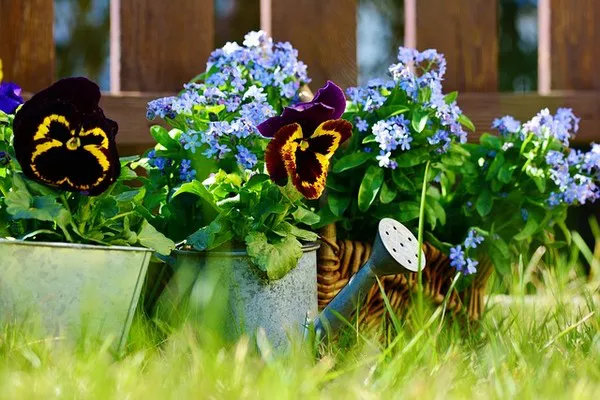Urban green spaces (UGS) are increasingly recognized for their substantial contributions to improving the quality of life and overall well-being of urban dwellers. These spaces encompass urban vegetation, including parks, gardens, urban forests, and more, and offer a myriad of advantages, from improving air quality to reducing temperatures and enhancing neighborhood livability.
Despite their numerous benefits, there is often unequal access to UGS based on socioeconomic status, race, ethnicity, and age. This unequal access perpetuates segregation patterns and exacerbates existing health disparities.
The World Health Organization recommends that urban dwellers should have access to a minimum of 0.5 to 1 hectare of public green space within 300 meters of their residence. However, this guideline is not met in most cities, resulting in limited access to green spaces for a significant portion of the population.
To address these disparities, affirmative action is needed to create green spaces and ensure equitable access to this vital public health resource. Furthermore, understanding the characteristics that optimize the use and benefits of green spaces is crucial for planning and designing these areas.
Green spaces can promote physical activity, social cohesion, and cooling in urban regions, which is essential for mitigating the adverse effects of heatwaves. The type of vegetation in these spaces, particularly trees, significantly influences their cooling capabilities and other benefits.
Community engagement is a vital element in maximizing the benefits of green spaces. Involving residents in the care and planning of these spaces fosters a sense of ownership, pride, social cohesion, and higher use.
Green spaces have the potential to improve health outcomes, but there is a need for more research into planning and designing these spaces to optimally enhance individuals’ health. As we continue to address disparities and advance research in this field, we can envision sustainable and inviting urban environments where cities and nature coexist harmoniously, promoting healthy behaviors and happiness.


